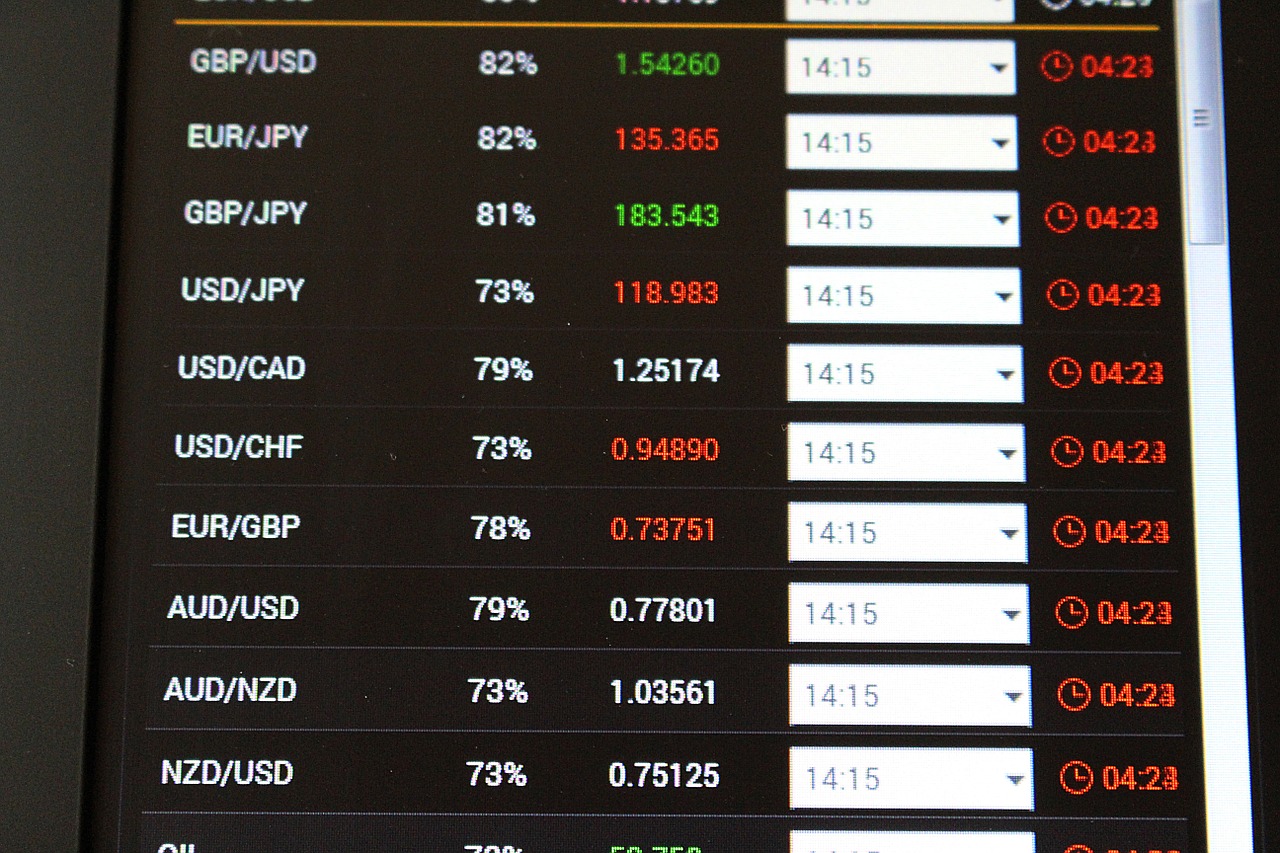Fundamental vs. Technical Analysis: Finding Your Edge in Forex

In the ever-changing world of currencies trading, perfecting the skill of analysis is crucial for success. As a novice, you may discover yourself grappling with different techniques to analyze forex pairs and create informed choices. Two of the main methods are technical analysis and fundamental analysis. Comprehending the nuances of each can afford you a competitive advantage in the forex market, allowing you to maneuver through its challenges with more confidence.
Technical analysis focuses on the analysis of price changes and behaviors through visual data and metrics. It furnishes traders with tools to forecast future price actions based on historical data. On the contrary, fundamental analysis looks at the market factors, political influences, and social factors that impact currency values. By analyzing key indicators and current events, traders can gain insights into market trends and possible changes. In best forex ea , we will explore these a couple of approaches in depth to guide you figure out which approach aligns with your trading style and goals.
Understanding Forex Fundamentals
Foreign exchange, or Forex, is the biggest money market in the globe, where money are exchanged. It functions around the clock and includes a wide array of participants, including banking entities, financial institutions, companies, and individual traders. The fundamental principle is to swap one currency for another currency, aiming to profit from changes in exchange rates. For novices, understanding how the Forex market works in simple terms is important to navigate its challenges.
Key elements of Forex trading include pairs of currencies, which are divided into major, minor, and exotic pairs. Primary pairs involve the most traded currencies, such as the Euro and the US Dollar, while minor pairs may include less frequently traded currencies. Specialty pairs combine a major currency and a currency from a developing economy. Understanding these classifications is important for selecting the appropriate currencies to trade and for creating effective trading plans.

Financial leverage plays a crucial role in Forex trading, allowing traders to control greater positions with a comparatively small amount of capital. However, while leverage can enhance profits, it also increases the potential for of significant losses. Novice traders should be cognizant of both the pros and drawbacks of leverage and implement effective risk management strategies to protect their capital. Building a strong foundation in these fundamentals prepares the ground for more advanced concepts in Forex trading.
Key Trading Strategies
In the world of currency trading, developing efficient strategies is essential for gaining an edge. One of the most popular methods is day trading, where traders take advantage on short-term price movements by opening and closing positions within the daily session. This strategy requires a keen sense of timing and a strong understanding of market signals to identify potential entry and closing points efficiently. Day traders often rely on up-to-the-minute data and news releases, making it essential to stay updated about market events that could impact exchange rates.
Another widely used approach is swing trading, which focuses on capturing profits in a trading pair over a few days or weeks. Swing traders take advantage of fluctuations and trending movements, typically utilizing charting techniques to determine potential reversal points. This strategy allows for a more relaxed pace compared to day trading, providing traders with the freedom to manage their trades while using a longer-term perspective. Swing trading works well for those who do not dedicate all their time to trading and like to balance their work-life balance.
Finally, risk management is a key component of any winning trading strategy. Establishing a solid risk-to-reward ratio is important, allowing traders to understand how much they are ready to risk on a trade versus the possible gain. This concept helps in maintaining focus and avoiding reactive decision-making. Additionally, employing risk mitigation and profit-taking orders can protect investments and capture profits. By integrating effective risk management techniques with either intraday or swing trading approaches, traders can considerably enhance their odds of achieving their goals in the dynamic Forex market.
Risk Control and Psychology
Effective risk management is vital for long-term success in Forex trading. Traders need to ascertain how much funds they are willing to risk on individual trade and set risk mitigation orders accordingly. This method not only protects traders from significant losses but also helps to maintain self-control. By defining a clear risk-to-reward ratio, traders can make well-informed decisions that concur with their overall trading strategy, enabling them to navigate the unpredictable conditions of the Forex market with certainty.
The emotional aspect of trading cannot be overlooked. Emotional reactions to market movements can lead to hasty decisions, which commonly result in unfortunate losses. Accomplished traders cultivate a mindset that prioritizes patience and self-control, enabling them to stick to their trading plans even during times of volatility. Utilizing techniques such as mental imagery and maintaining a trading journal can help traders review their emotions and keep their mental state in order.
Additionally, grasping the importance of market conditions and external factors, such as economic news and geopolitical events, can enhance a trader's judgment process. Remain aware of how these factors affect market dynamics and be prepared to modify trading strategies accordingly. This holistic approach to both risk management and psychological readiness will more effectively equip traders to face the obstacles of the Forex market and increase their chances of achieving their financial goals.
